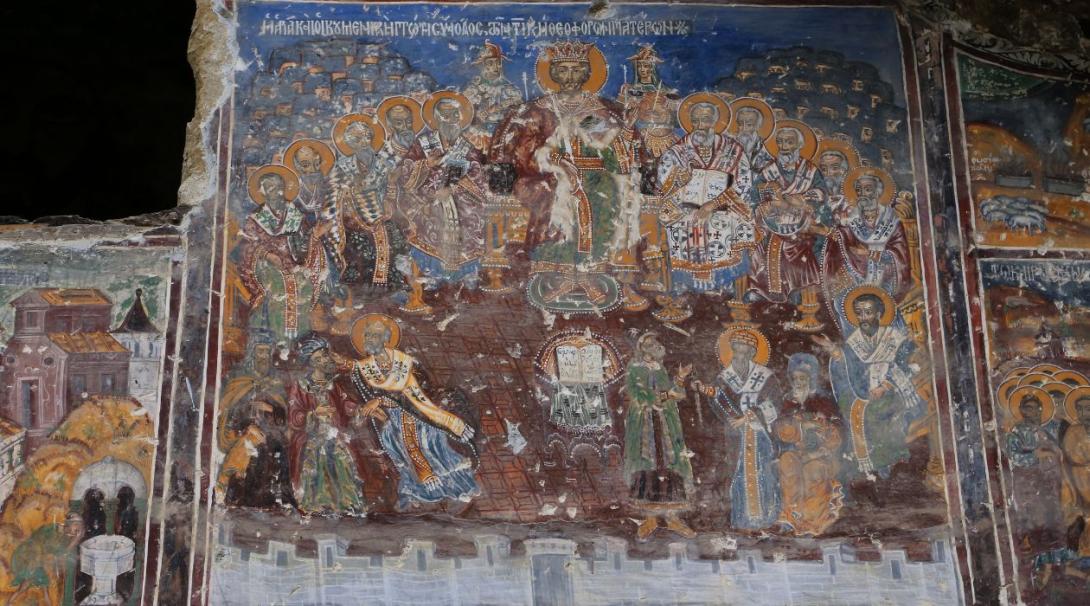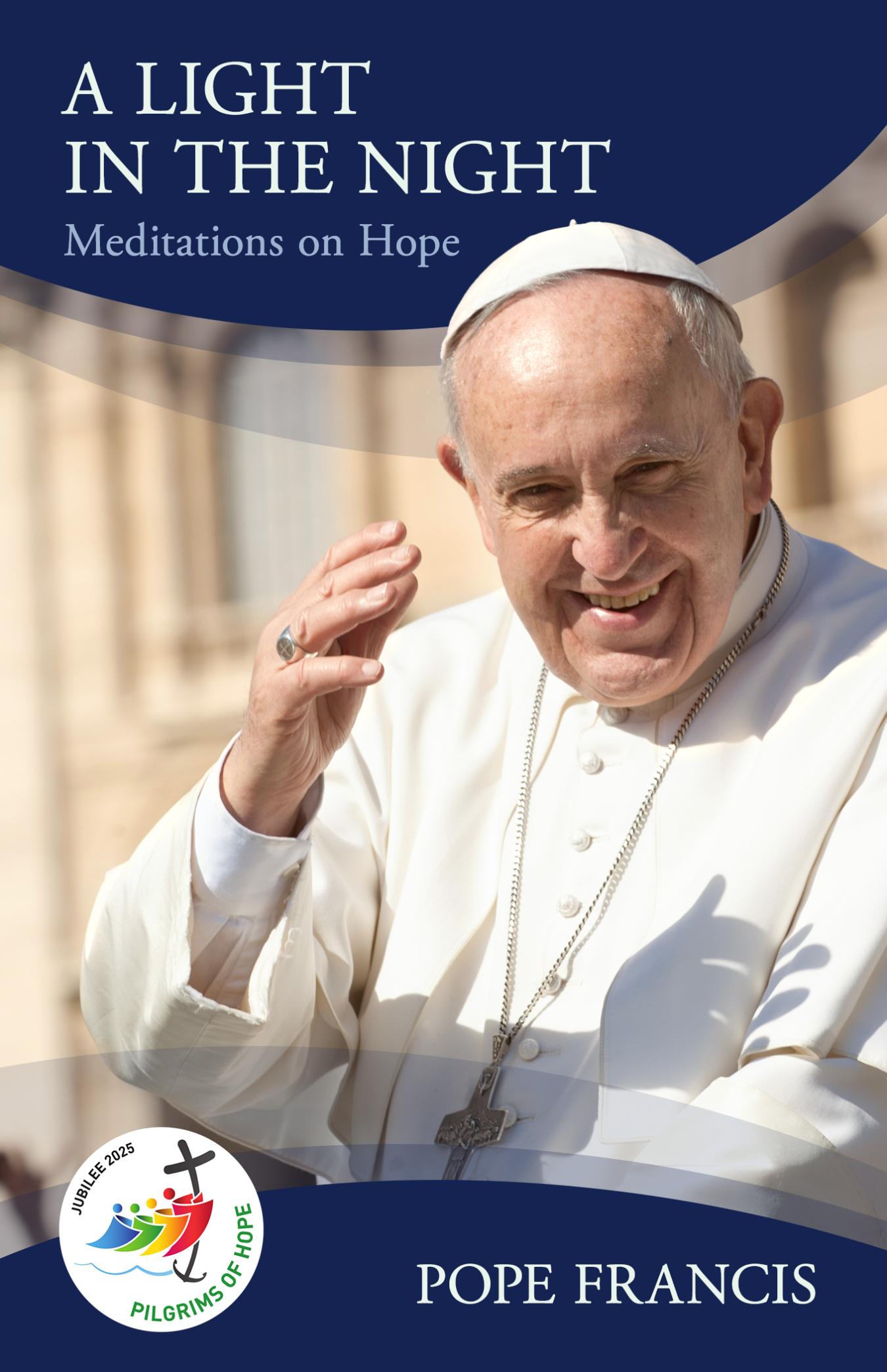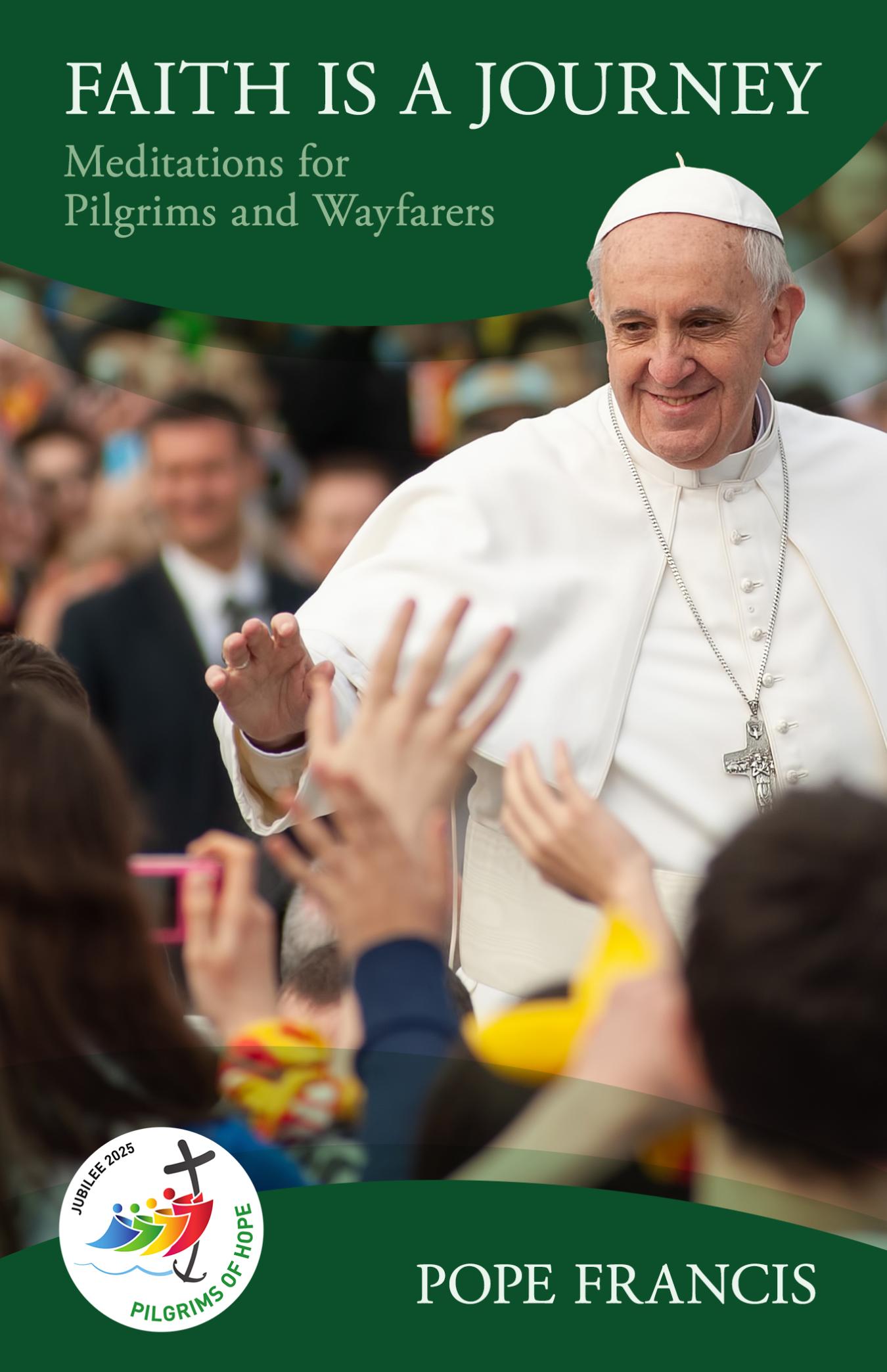
Photo from Getty Images
I was recently invited to speak at a Christian unity gathering commemorating the 1700th anniversary of the Ecumenical Council at Nicaea and its historic creed. While I agreed to participate in the event, an invitation to celebrate the Nicene Creed came with a certain amount of irony. The reason is that I am a lifelong member of the Churches of Christ, a tradition that from its beginnings has defined itself as non-creedal or even anti-creedal.
The congregation I grew up in, while traditional in many of its beliefs and practices, never recited or even referenced the Nicene Creed as part of church life. In fact, while the Churches of Christ began as a Christian unity movement, the ecumenical creeds have historically been ignored. If the creeds were mentioned at all, it was to define our tradition in contrast or even opposition to them. That fact alone may be confusing or seem contradictory to many other Christians, so I started my presentation at the commemorative event by musing that the organizers might be wondering how I got past the security guards!
The truth is, while I remain committed to my church tradition, I was also deeply honored to participate in an event promoting unity and commemorating Nicaea. After all, through the years I have come to appreciate how the Nicene Creed continues, all these centuries later, to provide space for Christians from diverse traditions—even non-creedal traditions!—to stand together in pursuit of the kind of faithful unity for which Jesus prayed.
I also welcomed the opportunity and challenge to share with my Catholic, Orthodox, and Protestant friends why my church tradition has ignored or rejected the creeds. In fact, I think the non-creedal history of the Churches of Christ provides a unique way to honor the creeds and acknowledge the importance, beauty, and complexities of ecumenical efforts in general.
The Churches of Christ were born in early nineteenth-century America as part of the American Restoration Movement. Among other things, this time period was characterized by intense divisions between Christian groups over church doctrine, religious experience and practice, and how to interact with the wider society. In that environment, Protestant denominations especially engaged in bitter debates over their respective “confessions of faith” which often led them to condemn or even excommunicate one another. There was also a growing sense that Christian infighting could be more generally linked to how the different denominations ranked, interpreted, and enforced the historic creeds. In other words, the very creeds that were intended to bring clarity and unity at the time of their adoption were being used in the nineteenth century in ways that fueled confusion and disunity, and Christ’s church seemed to be ripping apart at the seams.
We should remember that all Christian attempts at renewal and unity are human—partial at best, and prone to human fallibilities. This isn’t merely an insight from the social sciences; the Bible itself teaches us to expect this.
The founders of my tradition were not necessarily opposed to the content of the original creeds, but they became convinced that Christian unity and witness was held back by the production of creeds and denominational statements and synods. What they proposed, therefore, was a restoration of pre-creed, pre-denominational Christianity based on the pure teachings of the New Testament itself. Such “Back to the Bible” movements were standard fare in Protestantism, but the founders of the Churches of Christ felt as if Protestant denominations had forgotten their ideals and buried themselves below layers of historical accretions, doctrinal minutiae, and political maneuvering. Therefore, they sought to restore Christian ideals by re-reading the Bible in its original simplicity and re-patterning their lives, society, and congregations accordingly. A slogan of the Churches of Christ became “No Creed but the Bible.”
But here’s where problems surface. While this call back to biblical purity was grounded in good motives, and still compelling in some ways, it can also be profoundly naive. For one thing, there is no pure “innocent” reading of the Bible that allows us to escape history. The Bible must always be interpreted, and this can only be done as communities of faith address the circumstances and challenges they face in real time and in an ever-changing world.
When we forget our own situatedness, we make ourselves vulnerable to the very mistakes that we may be trying to avoid. So despite some good intentions and instincts, the Church of Christ tradition soon found itself piling on its own layers of historical accretions and endless (and sometimes bitter) debates over how to read the Bible and restore its “simple and pure” message. In other words, my tradition ultimately provides just another version of the perennial challenge of Christian unity through the ages.
Is there anything positive to learn from all this? Yes. Let me suggest two simple but important reminders we all might glean.
First, we should remember that all Christian attempts at renewal and unity are human—partial at best, and prone to human fallibilities. This isn’t merely an insight from the social sciences; the Bible itself teaches us to expect this.
Not only are we all broken and flawed individuals, but we represent broken and flawed traditions. All faith communities have skeletons in their closet and are stained by historical blindspots and human dysfunctions.
I have described how my tradition had to learn this the hard way. But concerning the Council of Nicaea 1,700 years ago, even if one believes that God provided the participants a special measure of guidance, this was still given to and through fallible humans in flawed traditions. Therefore, one cannot fully commemorate the Nicene Creed without acknowledging the complicated political and imperial contexts in which Nicaea took place and the creedal details were established.
Second, despite the historical and human realities, the Nicene Creed has gifted us all with an exemplary—some might say inspired—affirmation of some fundamentals of the Christian faith. It stands the test of time and continues, after 1,700 years, to guide pursuits of Christian devotion and unity.
Specifically, the Creed invites us to join one another in the communion of the Almighty God, through the crucified and resurrected Son, and in the fellowship of the Holy Spirit.
But we should remember, to use the Apostle Paul’s language, that we have this treasure in clay jars (2 Corinthians 4:7)—the clay jars of our bodies, our communities, our theologies, and indeed, our creeds.
All of this is why I was honored to participate in the unity event that day. And all irony aside, after I was finished speaking, I joined my brothers and sisters from different traditions in reciting the Nicene Creed—with gratitude and conviction.













